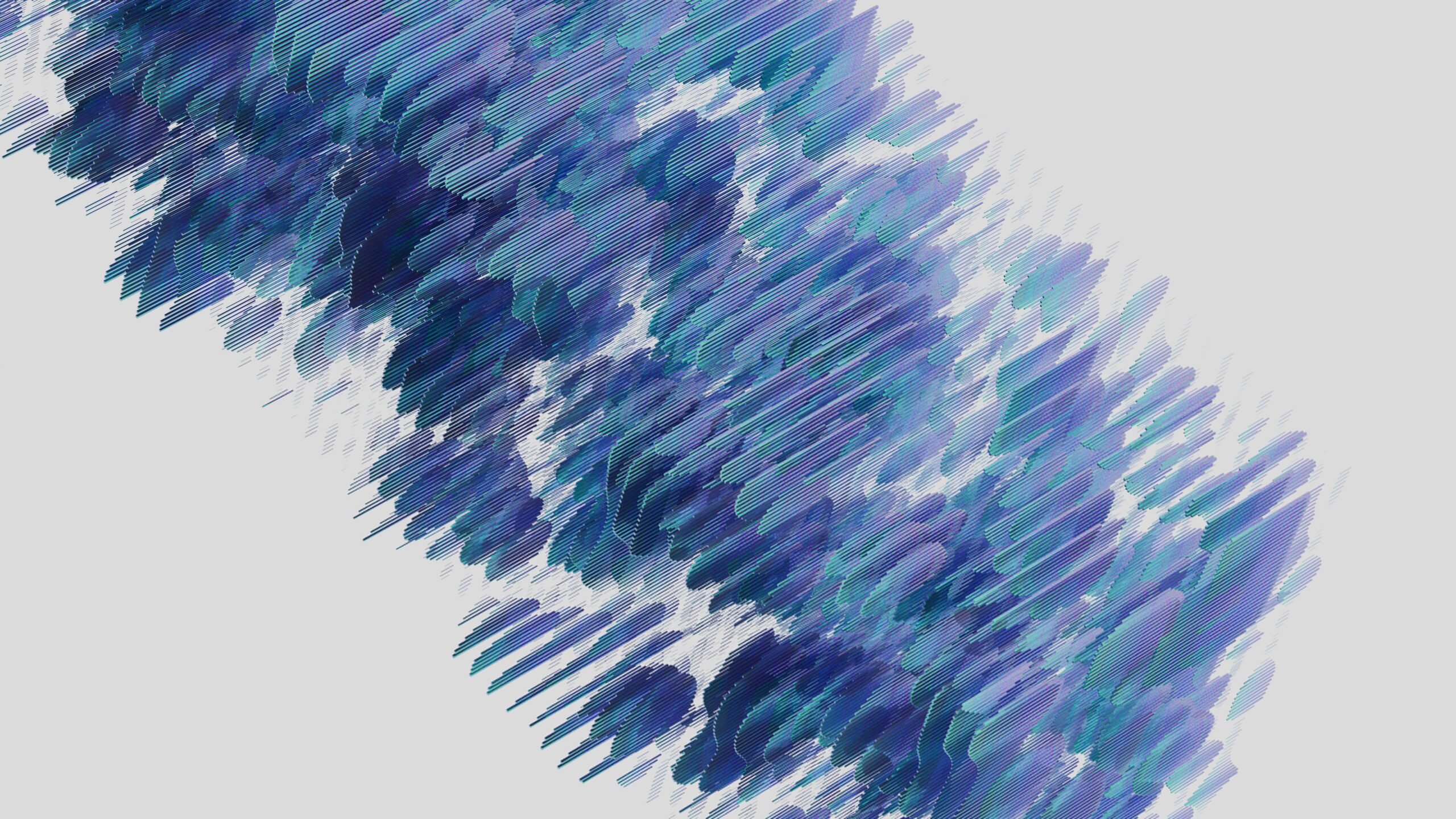Artificial Intelligence has become a phenomenon in the past few years and so many achievers stake to take advantage. No doubt, technology is changing but human AI bots cannot work like humans, like swimming.
One of the Google Employees once said that bots will replace all the industry with working humans. If someone teaches his baby what is an apple, he will learn it in a few days. Is there any mathematics model that learns what there are specific pictures? However, where does the random forest work in data mining? Hola coffee cup and keep on reading.
What Is Decision Tree Classifier in Machine Learning?
It is a divide and conquers technique and its working is very simple that takes the entire dataset as input. There is a split that classifies the data based on similar properties (features), e.g. quadratic equations have real numbers.
A top-down approach that tries to find a split that predicts the class label of a particular object. Training dataset with rich features works like oil which learns the features from numbers, and variables and generate the model. The resultant random forest model is then able to classify for testing datasets. Mostly there are ratios of dataset training and testing with 75/25, or 80/20.
Can Decision Trees Be Used for Performing Clustering?
Yes. Logically, the construction of a decision tree is due to the Hunt algorithm that divides the data into small pieces. Actually, it enables one to choose and learn the feature that describes each data sample.
Decision tree process the data to see or check which variable will depict the target variable for feature engineering. But make sure, you must have that type of data or variable
Change this to “can decision trees be able to implement supervised and unsupervised models?” Once again the answer is yes.
Why Do We Need Clustering?
One: It is helpful for finding the patterns or structures in unbalanced data.
Two: It is the most used type of unsupervised learning for finding those variables that represent the rich features.
Three: It has many practical applications like marketing, demographics, and image processing.
